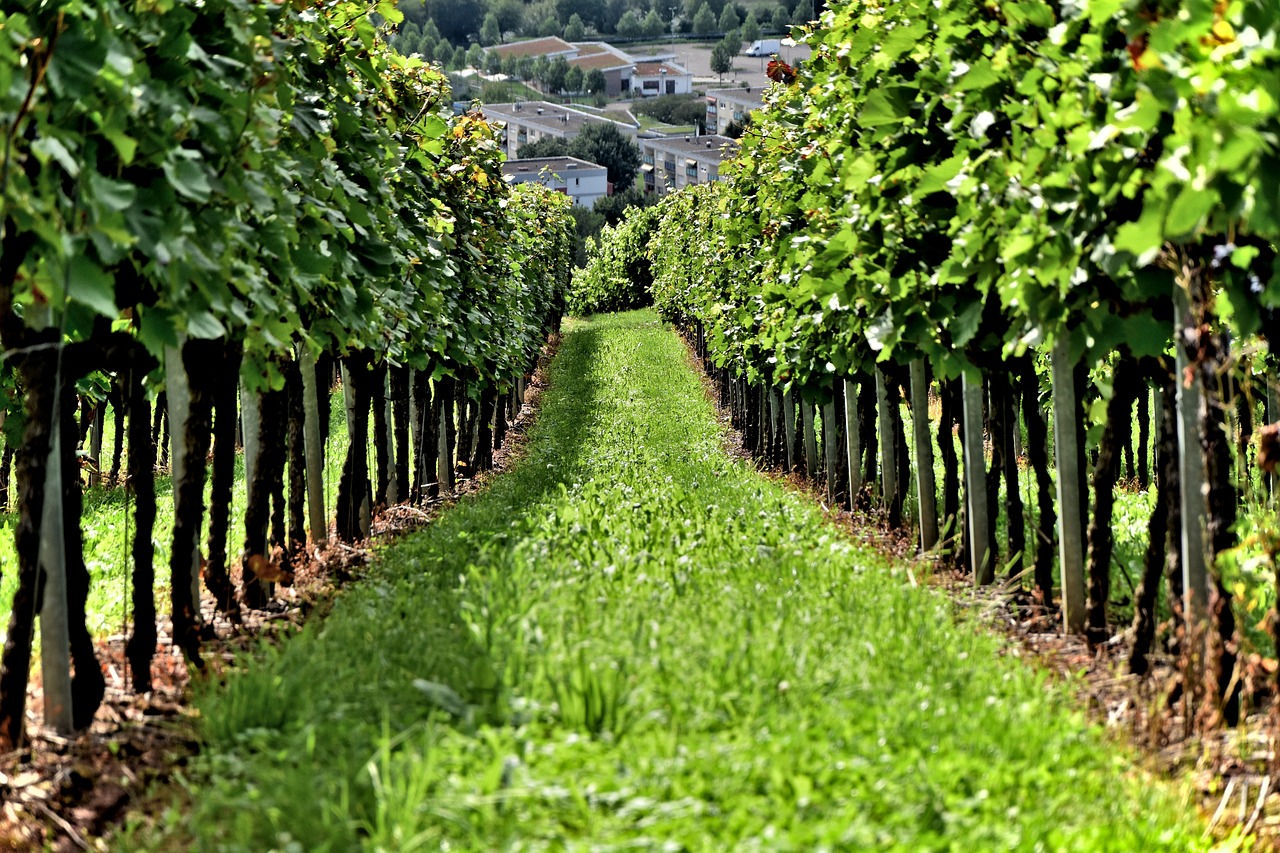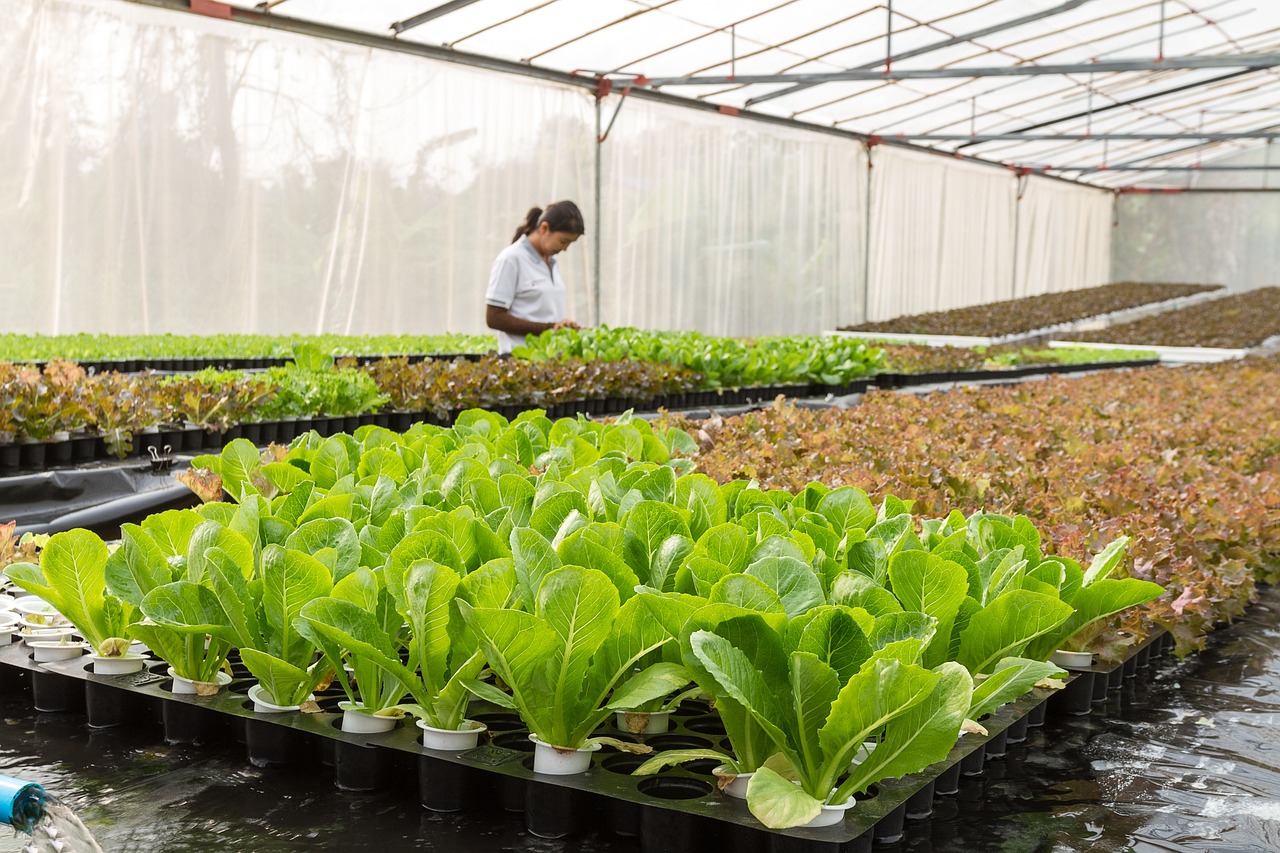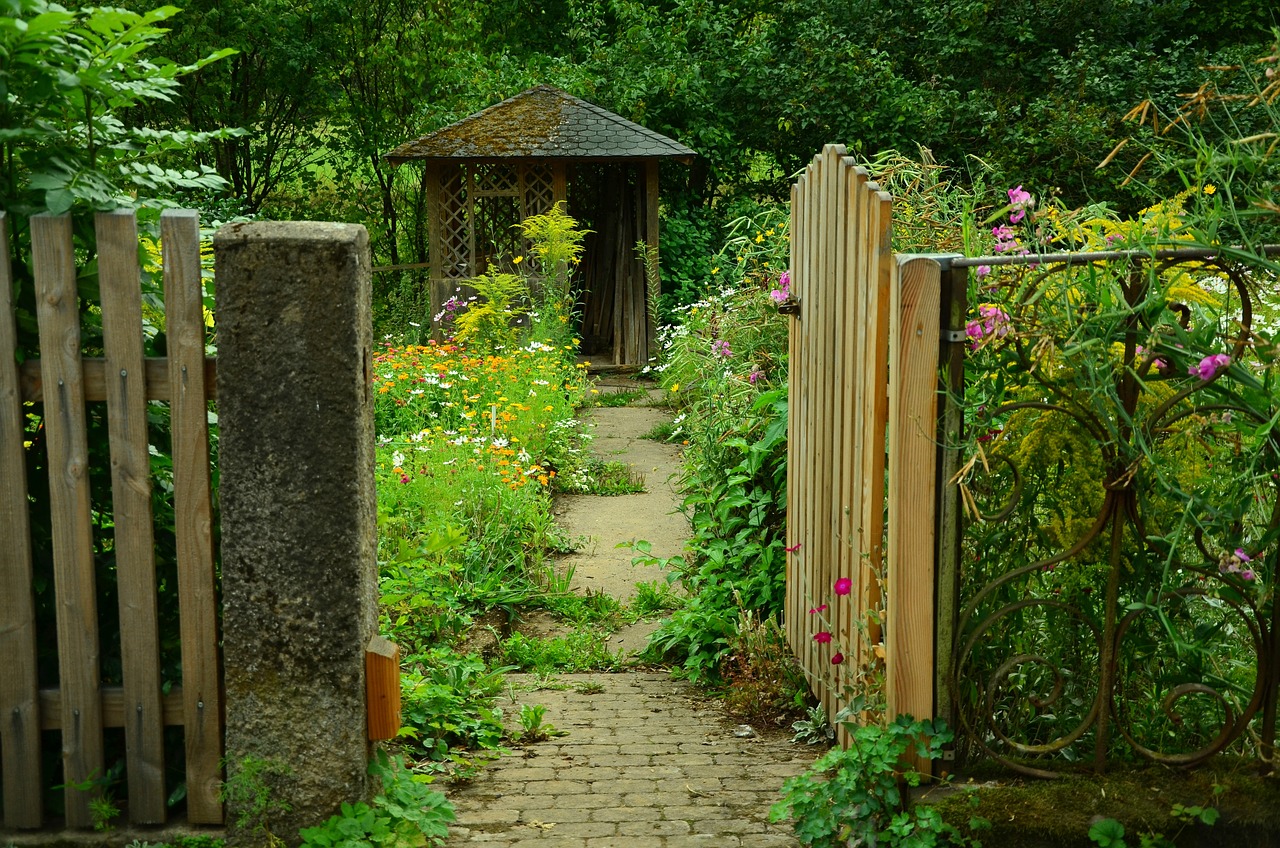Are you tired of dealing with weeds and pests in your garden? Do you want to improve the health of your soil without relying on synthetic fertilizers and pesticides? Look no further than lasagna gardening!
This technique involves layering organic materials to create a nutrient-rich soil environment that mimics natural ecosystems. Not only does lasagna gardening reduce the need for harmful chemicals, but it also provides an eco-friendly way to dispose of yard waste.
Plus, with bountiful and sustainable harvests, you can enjoy the fruits (and vegetables) of your labor while doing your part to promote a healthy environment. Keep reading to learn more about the benefits of lasagna gardening and how to get started on your own plot of land.
Mimicking Natural Ecosystems for Optimal Soil Health
You’re probably wondering how mimicking natural ecosystems can lead to optimal soil health, but let me tell you, it’s a game-changer for your garden.
Lasagna gardening, also known as layer gardening, is a technique that involves layering organic materials on top of each other to create a nutrient-rich soil. This method mimics the natural process of decomposition that occurs in forests and other natural ecosystems.
By layering materials such as leaves, grass clippings, kitchen scraps, and cardboard, you create a composting effect that enriches the soil and promotes healthy plant growth.
One of the main benefits of lasagna gardening is that it allows you to design your garden in a way that maximizes the use of space. By layering materials on top of each other, you can create raised beds that are perfect for growing vegetables, herbs, and flowers.
This method also helps to conserve water by retaining moisture in the soil, which reduces the need for frequent watering. Additionally, lasagna gardening is a great way to recycle organic materials that would otherwise end up in a landfill. By using materials such as leaves and kitchen scraps, you can reduce your carbon footprint and contribute to a healthier environment.
Reducing the Need for Synthetic Fertilizers and Pesticides
By using the lasagna gardening method, you can significantly cut down on the amount of synthetic fertilizers and pesticides needed to maintain a healthy garden. This is because lasagna gardening is an organic gardening technique that focuses on soil regeneration through the use of natural materials.
Instead of relying on chemical fertilizers and pesticides, lasagna gardening uses layers of organic matter such as leaves, grass clippings, and kitchen scraps to create nutrient-rich soil. The use of synthetic fertilizers and pesticides can harm the environment and contribute to soil degradation.
By reducing the need for these chemicals, lasagna gardening promotes a healthier environment for both plants and animals. Plus, by creating nutrient-rich soil, lasagna gardening can lead to higher yields and healthier plants without the use of harmful chemicals.
Overall, by implementing lasagna gardening techniques, you can promote a healthier garden and contribute to a healthier planet.
Creating a Nutrient-Rich Soil Environment
To really boost your plant growth and yields, it’s important to create an environment in your garden that is full of nutrients and beneficial microorganisms. This is where lasagna gardening comes in.
By layering organic materials like leaves, grass clippings, and kitchen scraps, you create a nutrient-rich soil environment that supports healthy plant growth. One of the key benefits of lasagna gardening is that it promotes composting, which is a natural way to break down organic materials into nutrient-rich soil.
As you layer the organic materials, they break down over time, creating a compost that feeds your plants. This composting process also helps to improve soil structure, making it easier for plant roots to grow and access the nutrients they need.

By incorporating organic material in your garden through lasagna gardening, you’re creating a sustainable and healthy ecosystem that benefits both your plants and the environment.
Eco-Friendly Waste Disposal
If you want to reduce your carbon footprint and make a positive impact on the environment, why not consider eco-friendly waste disposal methods?
One such method is composting, which can provide numerous benefits for your garden and the planet. Composting involves the decomposition of organic waste materials, such as food scraps and yard waste, into nutrient-rich soil amendments.
This process not only reduces the amount of waste sent to landfills, but it also helps to reduce greenhouse gas emissions and improve soil health. Composting benefits go beyond just reducing waste and improving soil health.
It can also save you money on fertilizer and reduce the need for harmful chemicals in your garden. By using organic waste solutions, you can create a sustainable and eco-friendly garden that is both beautiful and productive.
So why not give composting a try and see the many benefits it can provide for you and the environment?
Bountiful and Sustainable Harvests with Lasagna Gardening
Imagine harvesting an abundance of fresh, nutritious vegetables and fruits from a sustainable garden, all thanks to the innovative and easy technique of lasagna gardening. This method isn’t only eco-friendly, but it also maximizes yield while minimizing effort.
With lasagna gardening, you can create a layered garden bed that’s rich in nutrients. The best part is that you won’t have to do any digging or tilling. Lasagna gardening allows you to create a garden that can be productive all year round.
By layering organic materials such as leaves, grass clippings, and kitchen scraps, you can create a nutrient-rich soil that’ll support a variety of plants. The layers break down over time, releasing nutrients and creating a healthy ecosystem for your garden.
With minimal maintenance, you can enjoy a bountiful harvest season after season, making lasagna gardening a sustainable and practical option for any gardener.
Frequently Asked Questions
How long does it take for the lasagna gardening layering process to yield results?
Understanding the timeline for lasagna gardening is essential. Results vary depending on factors like climate and the materials used. Patience is key, but you can accelerate soil health by using nitrogen-rich layers and watering regularly.
Can lasagna gardening be used in all types of soil?
Lasagna gardening is a soil compatibility technique using alternative techniques to improve soil health. It can be used in various soil types.
What types of plants are best suited for lasagna gardening?
When it comes to lasagna gardening, companion planting and crop rotation are key. Different plants have different soil needs, but by rotating them and planting complementary species together, you can achieve a healthy and productive garden.
How often should the layers in a lasagna garden be replenished or added to?
To keep your lasagna garden flourishing, replenish its layers every six months to a year. This frequency of replenishment ensures the benefits of layering, such as soil nutrition and weed suppression, are maintained.
Can lasagna gardening be done in containers or raised beds?
Yes, you can use lasagna gardening in containers or raised beds. It’s a great way to create a nutrient-rich soil bed without tilling. Simply layer organic materials like leaves, compost, and grass clippings to create a healthy growing environment.
Conclusion
Congratulations on discovering the benefits of lasagna gardening! You’re creating an optimal environment for soil health and reducing the need for synthetic fertilizers and pesticides by mimicking natural ecosystems. Not only that, but you’re also creating a nutrient-rich soil that will lead to bountiful and sustainable harvests.
One of the best things about lasagna gardening is its eco-friendliness. You can use yard waste as a key ingredient in your garden beds instead of throwing it away. This method of waste disposal is not only good for the environment but also cost-effective. Plus, you’ll have a beautiful garden that will make your neighbors envious.
So, if you’re looking for a way to improve your soil health, increase your harvests, and be more eco-friendly, lasagna gardening is the way to go. By layering organic materials, you’ll create a thriving ecosystem that will give back to you in abundance.
Happy gardening!










